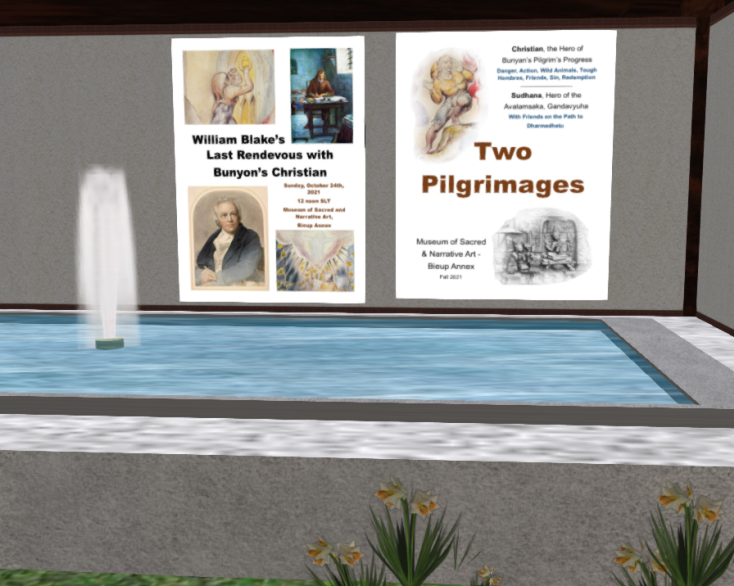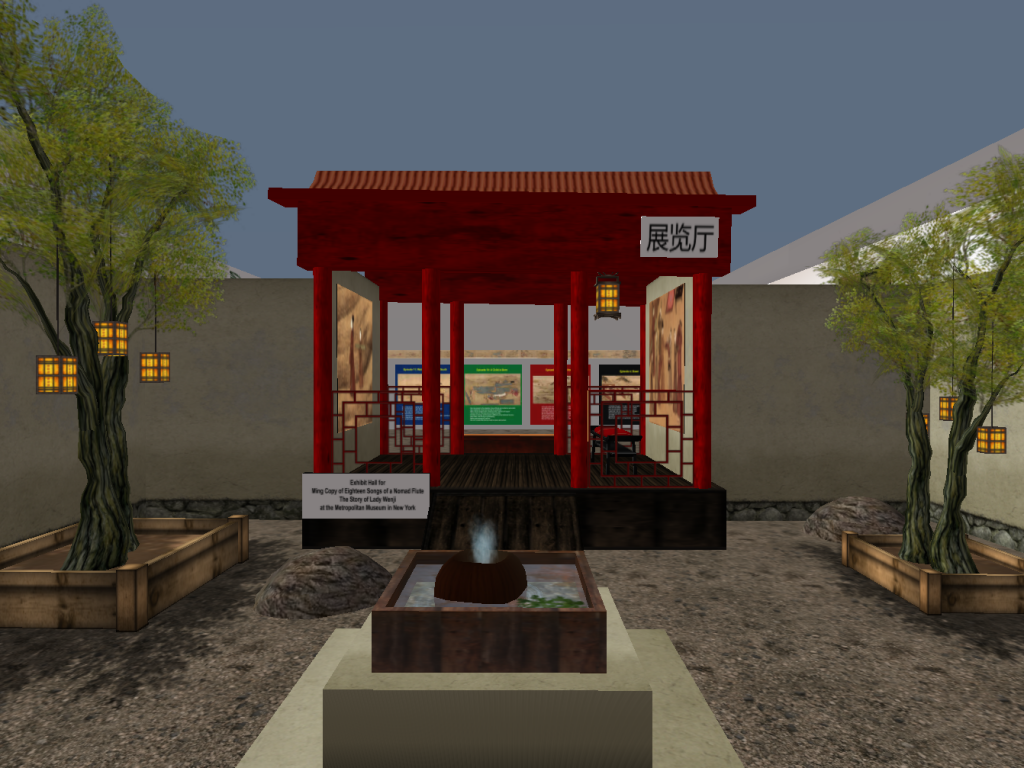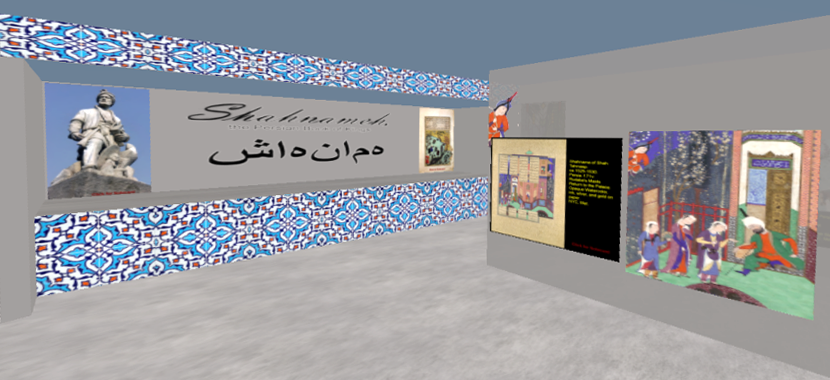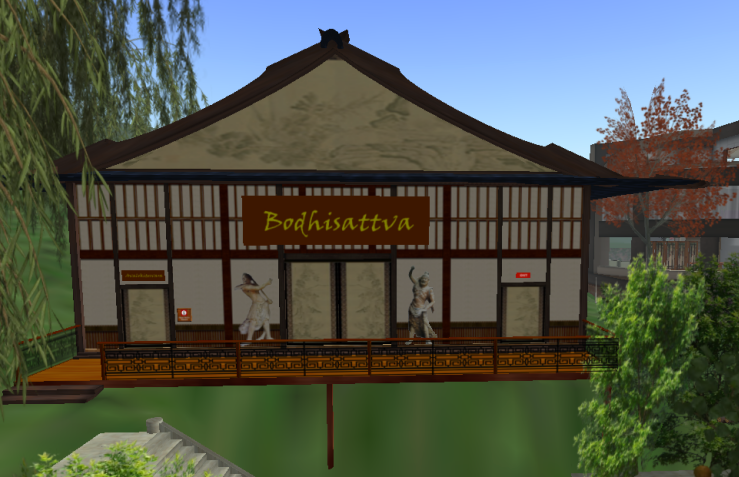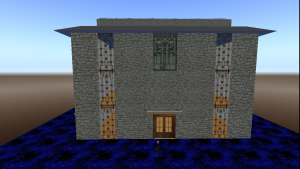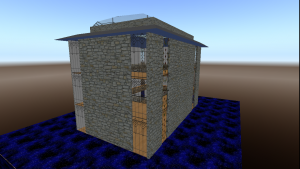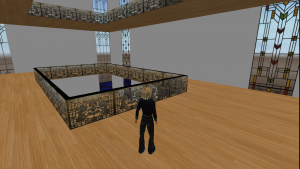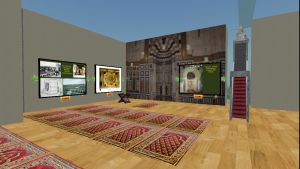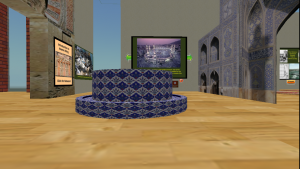At one time Saint Anne was one of the most important saints for the Catholic faithful after the Virgin Mary, of course. At times Anne and her daughter were depicted as co-equals in their ability to intervene and lead the faithful to salvation. In the photo above is a depiction of Anne from an 8th century wall painting in Nubia. She holds a finger to her lips reminding the viewers in the church to be still and listen.
Saint Anne was part of the divine plan (predestination) for the salvation of man. She is the grandmother, enabler, teacher, and a source for Christ’s incarnation. The whole divine plan is laid out symbolically in Gheertgen tot sint Jans’ Holy Kinship.
Anne’s role as an enabler is demonstrated by Leonardo in his Virgin and Child with Saint Anne. While Christ reaches for the lamb, the symbol of his coming sacrifice, Mary reaches out and tries to pull him away. Anne quietly restrains Mary from interfering with the plan.
This exhibit is dedicated to Mariagra Lamplight who died in November 1963 who collaborated on previous museum projects and was a loving grandmother.

